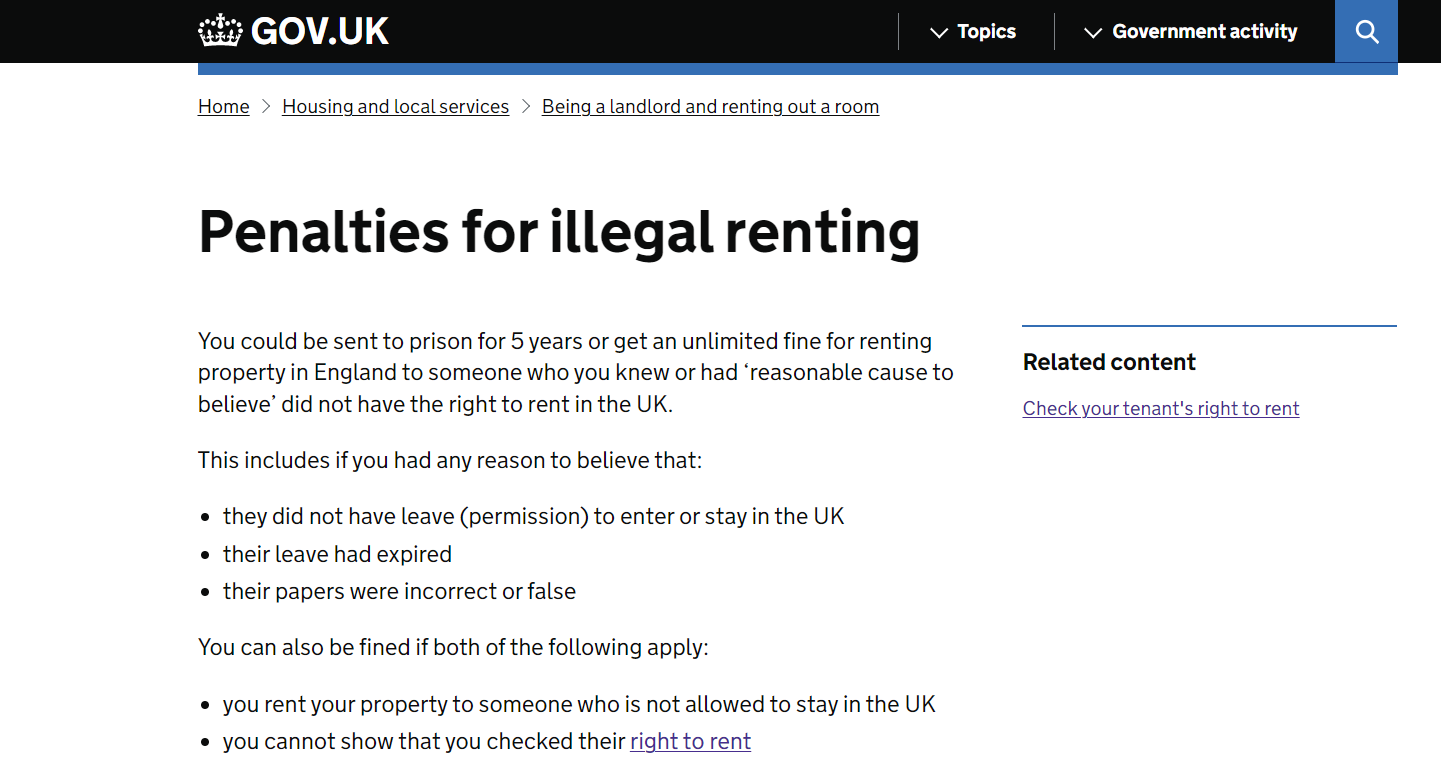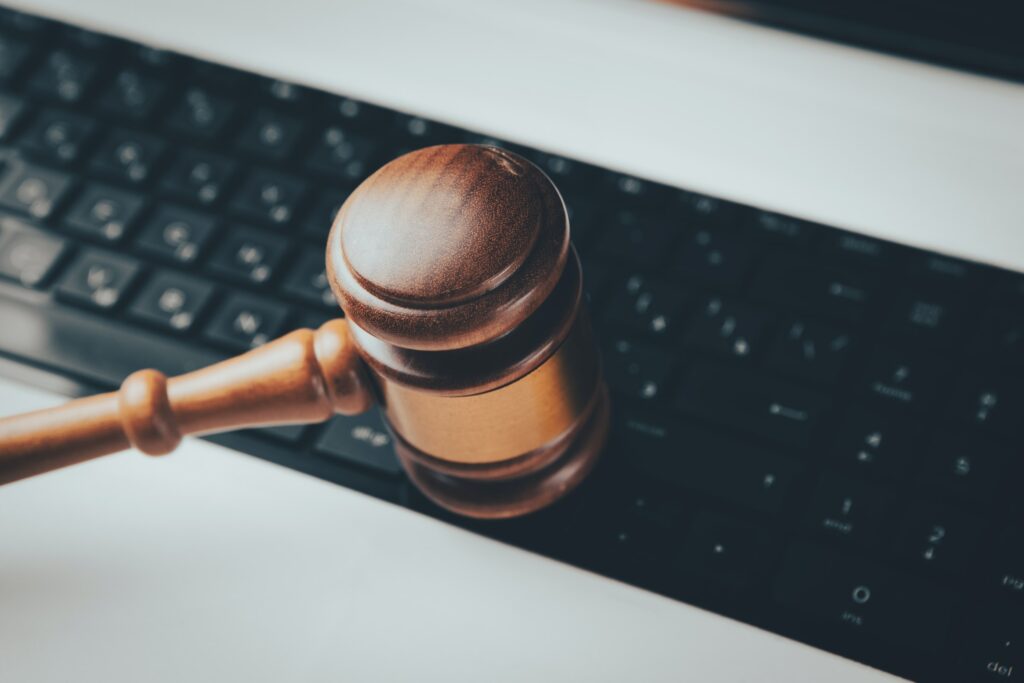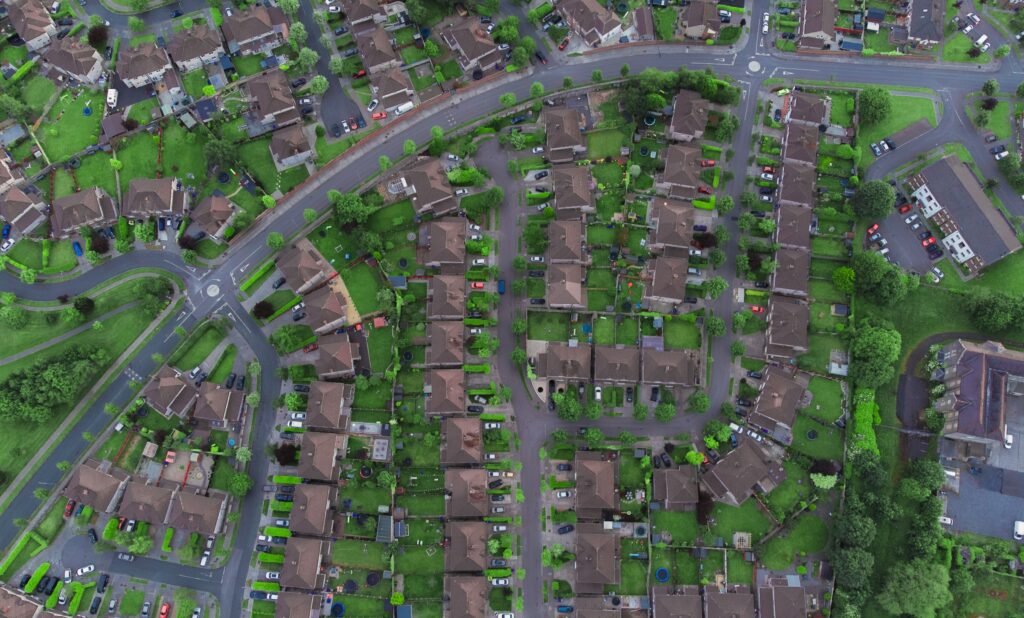Using innovative technologies to check a tenants’ Right to Rent
According to law, all UK tenants must go through verification by way of Right to Rent Checks. The Right to Rent check was introduced across England in 2016 and includes collecting and verifying documents to confirm that the tenant is allowed to rent within the UK. If a landlord or agent lets to a person who does not have the right to rent in the UK, or if they have not carried out the correct Right to Rent Checks, they can be sent to prison for up to 5 years or receive an unlimited fine. Penalties range from £1000 for a first time offence and £3000 for subsequent offences.

Up until the COVID-19 changes, Right to Rent Checks were required to happen face-to-face, again prescribed by the government. One of the main reasons for this was that both the identity of the prospective tenant and the documents they provided needed to be verified in person.
COVID-19 came with significant and rapid restrictions across all sectors and the property sector certainly took a hit. As a result, the government permitted virtual Right to Rent Checks, but this will be ending soon. The country will be reverting back to a face-to-face process, however for the first time ever, landlords and agents will be able to choose from approved virtual Right to Rent Check vendors to approve a Right to Rent.
The information-gathering needed for British tenants
Once a let is agreed, a Right to Rent Check must take place. The landlord or agent must obtain the documentation to prove their right to rent and should take all reasonable steps to check the validity of the documents presented. The tenant must visit the landlord or agent’s office with original versions of all the document so that in the presence of the prospective tenant or tenants, the relevant checks can be made. The landlord or agent must then conduct laborious checks on each document and create clear copies of the documents in a format which cannot be altered and retain the copy securely: electronically or in a hard copy.
Landlords and agents are required to check the following during the Right to Rent Check, as per UK law:
- They must check that all the documents provided are genuine, original, unchanged, and belong to the tenant in a face-to-face meeting.
- They need to check that the dates on the tenant’s Right to Rent in the UK have not expired.
- Landlords and agents must ensure photographs are the same across all documents.
- If the documents presented have different names on them, the landlord or agent must receive supporting documents showing why they’re different.
How COVID-19 changed the process of letting to British tenants
When the COVID-19 pandemic hit the UK, harsh restrictions were put in place by the government, including total lockdowns. As restrictions eased and companies could function again, the government made provisions to allow the Right to Rent checks to happen virtually.
The government allowed landlords and agents to conduct a provisional Right to Rent Check via video call, where the tenant was required to hold up their original documents to the camera for verification. It was also permitted that Identification Document Validation Technology (IDVT) could be used to carry out the checks.
What changes post-pandemic?
When restrictions eased completely, and the UK economy settled into the ‘new norm’, the government released new guidance that, virtual Right to Rent Checks were no longer allowed from the 6th April 2022. They stated that the face-to-face process was to be restored.
However, after some consideration, the guidance has changed once more. Virtual Right to Rent Checks are still permitted until and including 30 September 2022. Thereafter, Right to Rent Checks must either happen in person or through government-approved technology vendors.
From 1 October 2022, Landlords and agents can conduct Right to Rent Checks and onboard new tenants remotely through compliant digital trust frameworks. For the first time ever, landlords and agents will be able to conduct the Right to Rent Check entirely remotely.
What changes if I check Right to Rent using a digital trust framework?
The two routes offered for a landlord or agent to check a tenants Right to Rent are; physically in person or by using a compliant digital trust framework. The outcome of both of these routes is the same, neither holds more weight legislatively and ultimately it comes down to the perceived ease for the landlord or agent to make a decision. The digital route cuts out the process of human scanning of documents to verify the key data points, reducing the risk of oversight and error which could lead to civil penalties. It also reduces the time-thirsty process of onboarding tenants, removing those inconveniencies preventing agreements being made in real-time, such as the arranging of a date to bring the ID, as well as travel to get to the landlord or agent.
Who is responsible for these checks?
- The agent is to be responsible for the initial right to rent check and whether or not the agent will be responsible for any follow-up checks for those with a time-limited right to rent
- The agent must conduct the checks within the timescales laid out in this guidance and the code of practice on right to rent: civil penalty scheme for landlords and their agents
- Liability for civil penalties transfers to the agent, but liability cannot be transferred beyond the agent
This final point is particularly important as the liability, for example cannot be transferred to 3rd parties, such as tenant reference agencies or similar. Neither can the landlord automatically assume that the agent is responsible.
At Finch, we are dedicated to ensuring that these types of considerations are clearly defined and handled within our digital processes provided to our agent customers. Residential agents should ensure that their terms of business documents clearly define who is responsible for correctly carrying out the Right to Rent Checks and where the liability sits. This will help to avoid any uncomfortable disputes further down the line.













